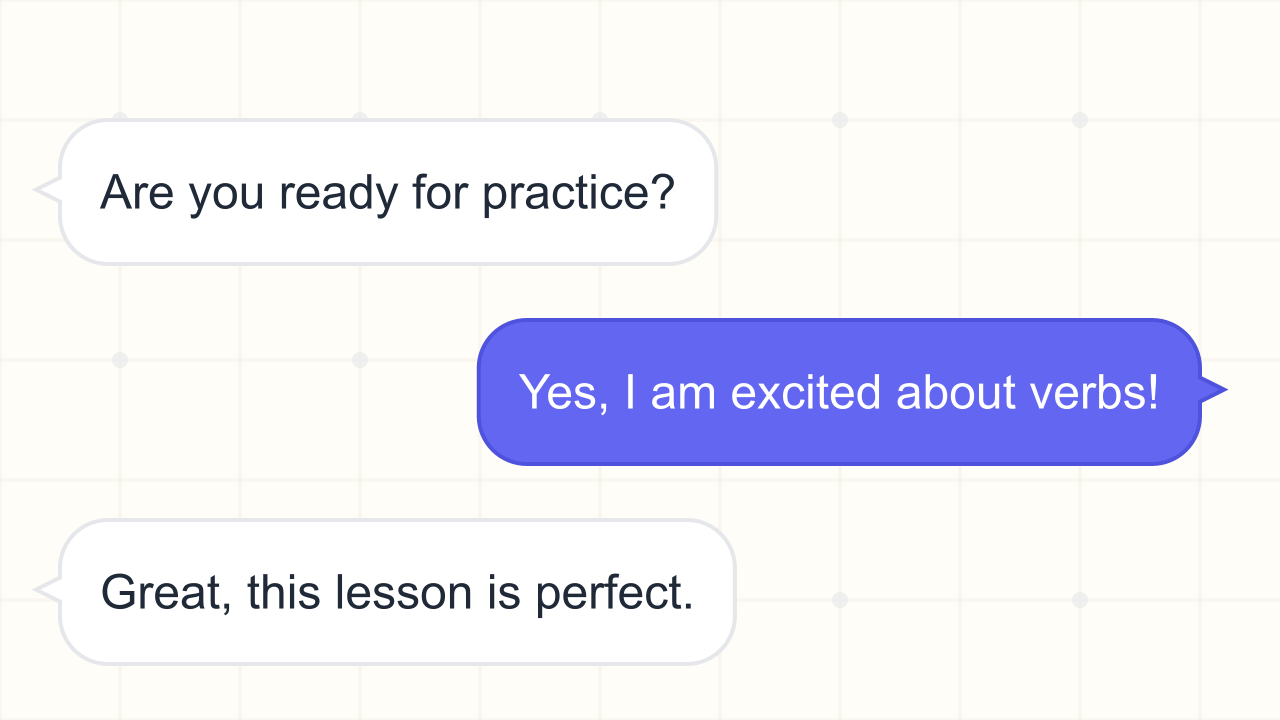Already vs Yet grammar Exercise
Learn how to use "already" and "yet" correctly in different situations. Practice recognizing whether an action is completed or still expected using dropdown selections.
Exercise Guide
How to complete:
Choose the correct word for each blank. Use “already” for actions that happened sooner than expected or before now, and “yet” for actions that have not happened up to now or are still expected. Pay attention to whether the sentence is positive, negative, or a question.
Success tips:
- “Already” is used in positive sentences to show something happened earlier than expected.
- “Yet” is used in negatives or questions to show something hasn’t happened up to now.
- “Have you finished yet?” means you’re expecting it soon.
- “I’ve already finished” means it happened earlier than expected.
Knowledge:
This exercise focuses on the correct use of “already” and “yet” with the present perfect tense. You'll learn how these adverbs change the meaning of time in statements and questions, showing whether something has happened or is still expected to happen.
Complete the Exercise
Paragraph 1
Paragraph 2
Paragraph 3
Paragraph 4
Paragraph 5
Paragraph 6
Paragraph 7
Paragraph 8
Paragraph 9
Paragraph 10
Paragraph 11
Paragraph 12
Paragraph 13
Paragraph 14
Paragraph 15
Paragraph 16
Paragraph 17
Paragraph 18
Paragraph 19
Paragraph 20
Share this exercise
Help others learn grammar by sharing this exercise
Related Exercises

Modal Verbs of Obligation (must, have to, should)
Practise choosing “must”, “have to”, or “should” to express obligation, necessity, and recommendations in real-life contexts.

Modal Verbs of Permission (may, can, could)
Practise choosing “may”, “can”, or “could” to ask for permission, give consent, or describe rules politely.

Modal Verbs of Ability (can, could)
Practise selecting “can” or “could” to express ability, requests, and possibilities in everyday situations.

To Be: Is, Am, Are
Practise choosing the correct form of the verb “to be” — is, am, or are — in present simple sentences about people, places, and things.

Have got vs has got
Practise choosing between "have got" and "has got" to express possession, relationships, and characteristics accurately.